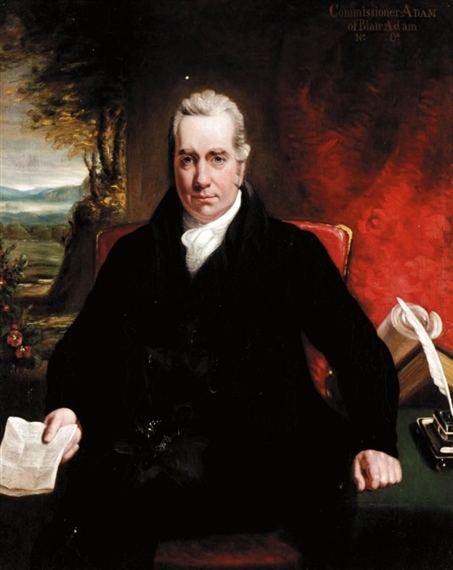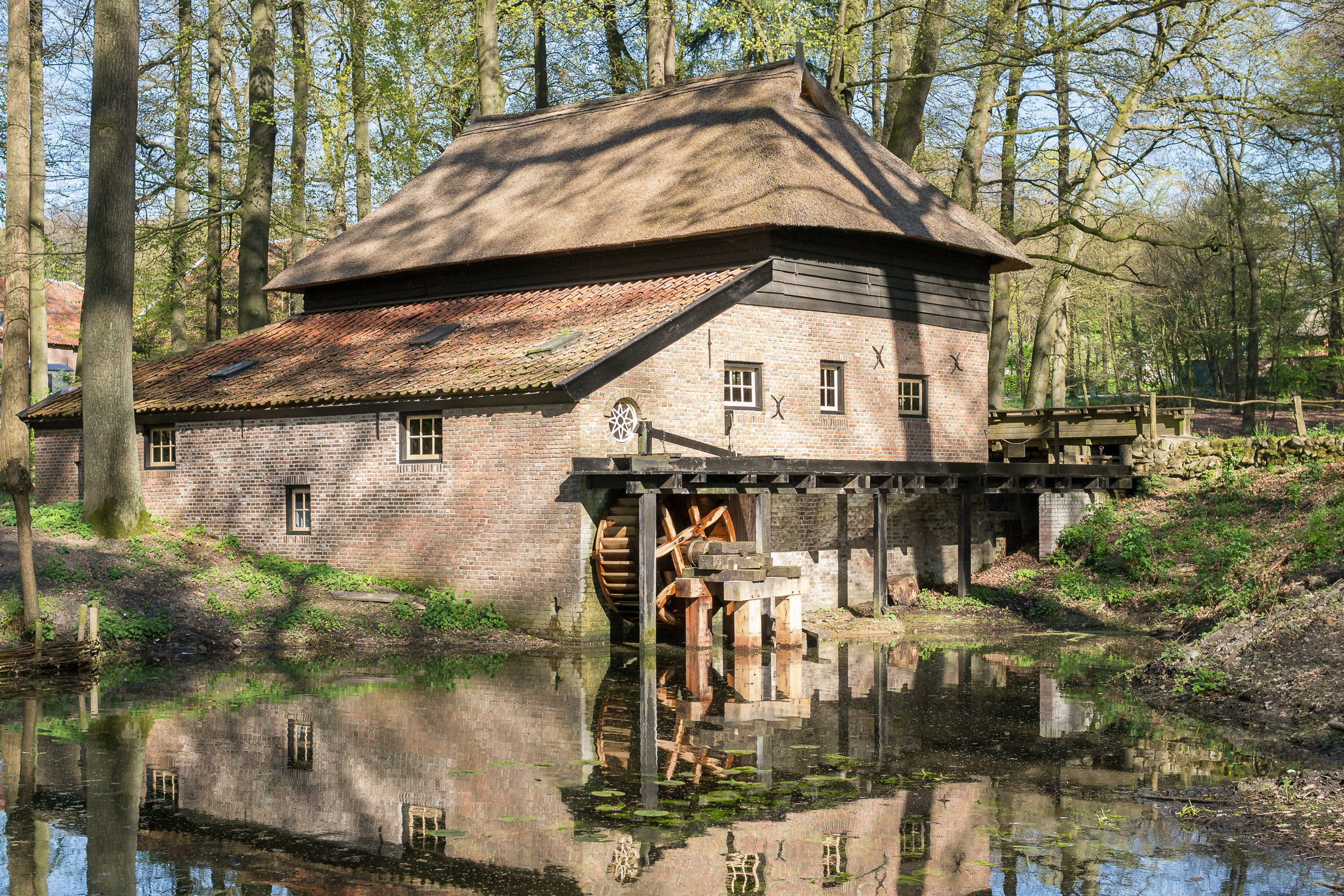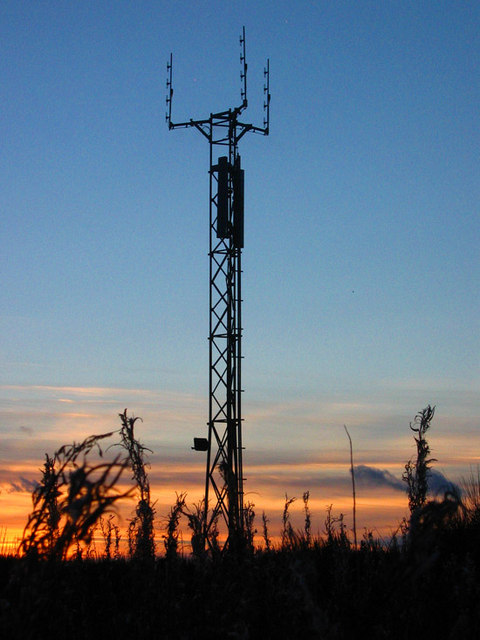|
1751 In Scotland
Events from the year 1751 in Scotland. Incumbents Law officers * Lord Advocate – William Grant of Prestongrange * Solicitor General for Scotland – Patrick Haldane of Gleneagles, jointly with Alexander Hume Judiciary * Lord President of the Court of Session – Lord Arniston the Elder * Lord Justice General – Lord Ilay * Lord Justice Clerk – Lord Tinwald Events * 24 April – John Wesley arrives at Musselburgh, his destination on his first mission to Scotland. * 21 June – Alexander Geddes from Kinnermony, Banffshire, is executed at Aberdeen for bestiality, becoming the last felon in Scotland to be burnt following execution. * 1 July – The Cameronians, at this time serving in Ireland, are formally ranked as the 26th Regiment of Foot. * David Hume settles in Edinburgh and publishes ''An Enquiry Concerning the Principles of Morals''. * In the University of Glasgow: ** Adam Smith is appointed professor of logic. ** The Medical School is founded. * John Smi ... [...More Info...] [...Related Items...] OR: [Wikipedia] [Google] [Baidu] |
Lord Advocate
, body = , insignia = Crest of the Kingdom of Scotland.svg , insigniasize = 110px , image = File:Official Portrait of Dorothy Bain QC.png , incumbent = Dorothy Bain KC , incumbentsince = 22 June 2021 , appointer = Monarch on the advice of the First Minister , department = Crown Office and Procurator Fiscal Service , deputy = Solicitor General for Scotland , termlength = , succession = , website = https://www.gov.scot/about/who-runs-government/cabinet-and-ministers/lord-advocate/ His Majesty's Advocate, known as the Lord Advocate ( gd, Morair Tagraidh, sco, Laird Advocat), is the chief legal officer of the Scottish Government and the Crown in Scotland for both civil and criminal matters that fall within the devolved powers of the Scottish Parliament. They are the chief public prosecutor for Scotland and all prosecutions on indictment are conducted by the Crown Office and Procurator Fiscal Service in the Lord Advocate's name on behalf of the Monarch. The offi ... [...More Info...] [...Related Items...] OR: [Wikipedia] [Google] [Baidu] |
University Of Glasgow
, image = UofG Coat of Arms.png , image_size = 150px , caption = Coat of arms Flag , latin_name = Universitas Glasguensis , motto = la, Via, Veritas, Vita , mottoeng = The Way, The Truth, The Life , established = , type = Public research universityAncient university , endowment = £225.2 million , budget = £809.4 million , rector = Rita Rae, Lady Rae , chancellor = Dame Katherine Grainger , principal = Sir Anton Muscatelli , academic_staff = 4,680 (2020) , administrative_staff = 4,003 , students = () , undergrad = () , postgrad = () , city = Glasgow , country = Scotland, UK , colours = , website = , logo ... [...More Info...] [...Related Items...] OR: [Wikipedia] [Google] [Baidu] |
William Adam Of Blair Adam
The Right Hon. William Adam of Blair Adam (2 August 175117 February 1839) was a Scottish advocate, barrister, politician and judge. He served as Solicitor General for Scotland (1802–1805) and as Lord Chief Commissioner of the Jury Court (1815–39). His political career was affected by his father's periodic financial problems, as sometimes the family had substantial wealth and sometimes it was in difficulties, forcing Adam to concentrate his attention on his legal practice. He rose to be Lord Lieutenant of Kinross-shire. His most important contribution to Scottish Law was probably the introduction of trial by jury on civil (non-criminal) cases. Life William Adam was the only surviving son of Jean Ramsay and John Adam of Blairadam, architect and master mason to the Board of Ordnance in Scotland, of Maryburgh, Kinross. His uncle was the architect Robert Adam. Blairadam House where he was born lies just north of Kelty in Fife but on an isolated side road. He was educate ... [...More Info...] [...Related Items...] OR: [Wikipedia] [Google] [Baidu] |
1815 In Scotland
Events from the year 1815 in Scotland. Incumbents Law officers * Lord Advocate – Archibald Colquhoun (politician), Archibald Colquhoun * Solicitor General for Scotland – Alexander Maconochie, Lord Meadowbank, Alexander Maconochie Judiciary * Lord President of the Court of Session – Charles Hope, Lord Granton, Lord Granton * Lord Justice General – James Graham, 3rd Duke of Montrose, The Duke of Montrose * Lord Justice Clerk – David Boyle, Lord Boyle, Lord Boyle Events * February/March – foundation stone of Montrose Academy laid. * 18 June – Battle of Waterloo: Ensign (rank), Ensign Charles Ewart of the Royal Scots Greys captures the French Imperial Eagle standard. * 1 July – Union Bank of Scotland opens. * 19 September – foundation stones for Regent Bridge and Calton Jail in Edinburgh laid. * The Nelson Monument, Edinburgh, on Calton Hill, is dedicated. * Hackness Martello Tower and Battery and Crockness Martello tower in Orkney are completed. * Dunans ... [...More Info...] [...Related Items...] OR: [Wikipedia] [Google] [Baidu] |
William Roxburgh
William Roxburgh FRSE FRCPE Linnean Society of London, FLS (3/29 June 1751 – 18 February 1815) was a Scottish people, Scottish surgeon and botanist who worked extensively in India, describing species and working on economic botany. He is known as the founding father of Indian botany. He published numerous works on Indian botany, illustrated by careful drawings made by Indian artists and accompanied by taxonomic descriptions of many plant species. Apart from the numerous species that he named, many species were named in his honour by his collaborators. Early life He was born on 3 June 1751 on the Underwood estate near Craigie, South Ayrshire, Craigie in Ayrshire and christened on 29 June 1751 at the nearby church at Symington, South Ayrshire, Symington. His father may have worked in the Underwood estate or he may have been the illegitimate son of a well-connected family. His early education was at Underwood parish school perhaps also with some time at Symington parish school, a ... [...More Info...] [...Related Items...] OR: [Wikipedia] [Google] [Baidu] |
Gilbert Elliot-Murray-Kynynmound, 1st Earl Of Minto
Gilbert Elliot-Murray-Kynynmound, 1st Earl of Minto, (; 23 April 175121 June 1814), known as Sir Gilbert Elliott, 4th Baronet until 1797, and The Lord Minto from 1797 to 1814, was a British diplomat and politician who sat in the House of Commons between 1776 and 1795. He was viceroy of the short-lived Anglo-Corsican Kingdom from 1793 to 1796 and went on to become Governor-General of India between July 1807 and 1813. Background and education Minto was born in Edinburgh, the eldest son of Sir Gilbert Elliot, 3rd Baronet, and Agnes, daughter of Hugh Dalrymple-Murray-Kynynmound. He was the nephew of John Elliott, Governor of Newfoundland, Andrew Elliot the 41st Colonial Governor of New York, and of Jean Elliot the poet. Hugh Elliot was his younger brother and Sir Charles Elliot his nephew. About 1763 Elliot and his brother Hugh were sent to Paris, where their studies were supervised by the Scottish philosopher David Hume, and where they became intimate with Honoré Mirabeau ... [...More Info...] [...Related Items...] OR: [Wikipedia] [Google] [Baidu] |
Royal Commission On The Ancient And Historical Monuments Of Scotland
The Royal Commission on the Ancient and Historical Monuments of Scotland (RCAHMS) was an executive non-departmental public body of the Scottish Government that was "sponsored" inanced and with oversightthrough Historic Scotland, an executive agency of the Scottish Government. As one of the country's National Collections, it was responsible for recording, interpreting and collecting information about the built and historic environment. This information, which relates to buildings, sites, and ancient monuments of archaeological, architectural and historical interest (including maritime sites and underwater constructions), as well as historical aspects of the landscape, was then made available to the public, mainly at no cost. It was established (shortly ahead of parallel commissions for Wales and England) by a Royal Warrant of 1908, which was revised in 1992. The RCAHMS merged with government agency Historic Scotland to form Historic Environment Scotland, a new executive no ... [...More Info...] [...Related Items...] OR: [Wikipedia] [Google] [Baidu] |
Canmore (database)
Canmore is an online database of information on over 320,000 archaeological sites, monuments, and buildings in Scotland. It was begun by the Royal Commission on the Ancient and Historical Monuments of Scotland. Historic Environment Scotland has maintained it since 2015. The Canmore database is part of the National Record of the Historic Environment (or NRHE), formerly the National Monuments Record of Scotland (or NMRS) and contains around 1.3 million catalogue entries. It includes marine monuments and designated official wreck sites (those that fall under the Protection of Wrecks Act The Protection of Wrecks Act 1973 (c. 33) is an Act of the Parliament of the United Kingdom which provides protection for designated shipwrecks. Section 1 of the act provides for wrecks to be designated because of historical, archaeological or ...), such as the wreck of . References External links * Archaeology of Scotland Architecture in Scotland Canmore Archives in Scotland Databas ... [...More Info...] [...Related Items...] OR: [Wikipedia] [Google] [Baidu] |
Bridge Of Orchy
Bridge of Orchy ( gd, Drochaid Urchaidh) is a village in Glen Orchy in Argyll and Bute, Scotland. It is named after the crossing over the River Orchy, which was constructed by British Army during the pacification of the Highland Clans following the Battle of Culloden in 1746. Military roads were built between the Scottish Lowlands and Highlands of northern Scotland to facilitate the speedy movement of Crown forces. The village, which is dated to 1751, is on the A82 road. The nearby Bridge of Orchy railway station opened on the West Highland Line in 1894. The West Highland Way long-distance trail runs through the village. Nearby prominent peaks include the munros Beinn Dorain and Beinn an Dòthaidh Beinn an Dòthaidh (from the Gaelic for 'hill of the scorching or singeing'), is a mountain in the Bridge of Orchy hills of Argyll and Bute, Scotland. It is located beside the more popular Beinn Dòrain. The two hills are frequently climbed tog .... The River Orchy is one of the ... [...More Info...] [...Related Items...] OR: [Wikipedia] [Google] [Baidu] |
South Queensferry
Queensferry, also called South Queensferry or simply "The Ferry", is a town to the west of Edinburgh, Scotland. Traditionally a royal burgh of West Lothian, it is administered by the City of Edinburgh council area. It lies ten miles to the north-west of Edinburgh city centre, on the shore of the Firth of Forth between the Forth Bridge, Forth Road Bridge and the Queensferry Crossing. The prefix ''South'' serves to distinguish it from North Queensferry, on the opposite shore of the Forth. Both towns derive their name from the ferry service established by Queen Margaret in the 11th century, which continued to operate at the town until 1964, when the Road Bridge was opened. Its population at the 2011 census was 9,026 based on the 2010 definition of the locality which in addition to the burgh includes Dalmeny. Toponymy The Gaelic name ''Taobh a Deas Chas Chaolais'' means " heSouthern Side of heSteep Strait". The name "Cas Chaolas" (Steep Strait) is older than the English name; it ... [...More Info...] [...Related Items...] OR: [Wikipedia] [Google] [Baidu] |
Paper Mill
A paper mill is a factory devoted to making paper from vegetable fibres such as wood pulp, old rags, and other ingredients. Prior to the invention and adoption of the Fourdrinier machine and other types of paper machine that use an endless belt, all paper in a paper mill was made by hand, one sheet at a time, by specialized laborers. History Historical investigations into the origin of the paper mill are complicated by differing definitions and loose terminology from modern authors: Many modern scholars use the term to refer indiscriminately to all kinds of mills, whether powered by humans, by animals or by water. Their propensity to refer to any ancient paper manufacturing center as a "mill", without further specifying its exact power source, has increased the difficulty of identifying the particularly efficient and historically important water-powered type. Human and animal-powered mills The use of human and animal powered mills was known to Muslim and Chinese paperma ... [...More Info...] [...Related Items...] OR: [Wikipedia] [Google] [Baidu] |
Peterculter
Peterculter ( sco, Petercouter), also known as Culter (Scots: ''Couter''), is a suburb of Aberdeen, Scotland, about inland from Aberdeen city centre. Peterculter is on the northern banks of the River Dee, near the confluences with Crynoch Burn and Leuchar Burn. Following the 1996 Scottish council boundary changes it became part of the City of Aberdeen's Lower Deeside ward. The latter part of the name is said to come from the Gaelic compound word "Cul-tir", which signifies the "back part" of the country. History About south west of the Peterculter is the site of the Roman marching camp at Normandykes. King William the Lion bestowed the church of Kulter, "iuxta Abirdene", upon the Abbey and monks of St Mary of Kelso, about 1165–1199. The gift was afterwards confirmed by Mathew, Bishop of Aberdeen, within whose diocese the church sat. Alan of Soltre, chaplain, who had probably been an ecclesiastic of the hospital, or monastery of Soutra, in Lothian, was presented ... [...More Info...] [...Related Items...] OR: [Wikipedia] [Google] [Baidu] |




